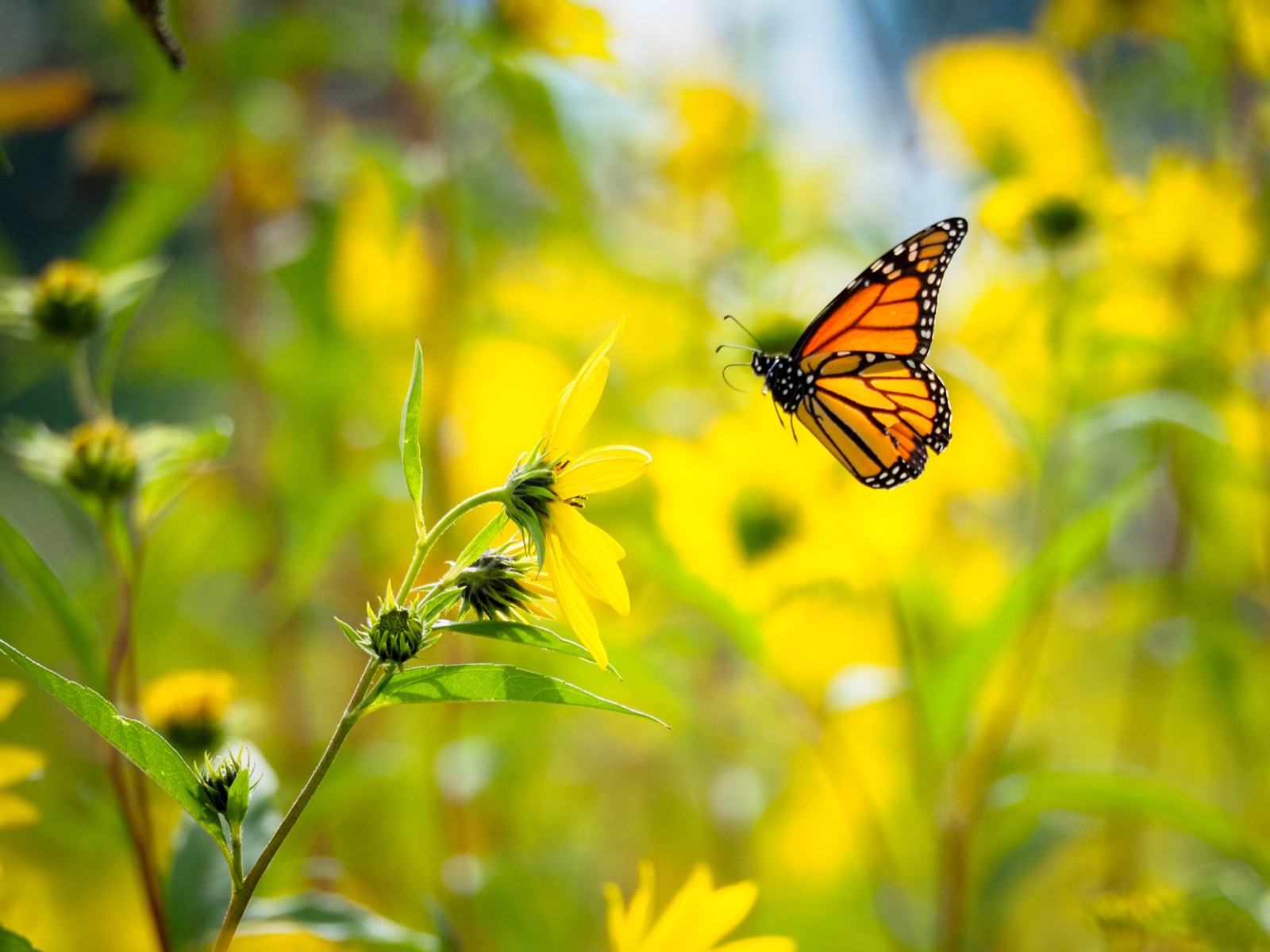The Importance and Plight of Pollinators

Pollinator Week is June 20-26
By Casey Shepard, SEA
Environmental Engineer, AECC
Over the past few years, you may have heard about the “plight of the pollinators.” This phrase refers to major population declines that many pollinating species, including the iconic monarch butterfly, have faced over recent decades.
What can we do to save them? Why is it important?
Pollinator Week is June 20-26, and I wanted to answer these questions by providing a bit of background on the problem as well as how electric cooperatives and individuals can be part of the solution.
You are likely familiar with some pollinators, like bees and butterflies, but do you ever think about flies, beetles, moths and other insects being pollinators as well? Even some birds, bats and small mammals fall into this category, as they transport grains of pollen from one plant to another.
Thousands of species provide the ecosystem service of pollination, and these animals collectively are responsible for one in every three bites of food you eat. Roughly 85% of all flowering plants and 35% of crops require pollination to come to fruition. If you enjoy coffee, chocolate, berries, vegetable gardening or wear cotton clothing, you depend on pollinators. Even dairy products, like milk and cheese, are pollinator-dependent, as dairy cows eat alfalfa, which is bee-pollinated. You can quickly see how important pollinators are, not only to our diets and everyday lives, but to the global economy.
Unfortunately, due to the misuse of chemicals, habitat loss, diseases and changes in weather patterns, many pollinator populations around the world are shrinking drastically. However, we all can help them. Whether you only have room for a container garden of native plants or can convert an entire meadow, increasing pollinator habitat of any size is beneficial. Everyone can participate in community science by creating a free account at iNaturalist.org and adding your observations to programs like the Arkansas Monarch Mapping Project. Visit arkansasmonarchs.org for additional resources from the Arkansas Monarch Conservation Partnership.
Currently, Arkansas Electric Cooperative Corporation (AECC) and several local electric cooperatives are working to build habitat under right-of-ways and solar facilities [including AVECC]. Additionally, AECC participates in the Electric Power Research Institute’s (EPRI) Power-in-Pollinators initiative, which released an award-winning short film called “Power for Pollinators.” It is the last of a beautiful, three-film miniseries produced by George DiCaprio (the initial short was narrated by his son, Leo!) that shows the unique opportunity utilities have to support pollinators. All can be viewed at pollinatorsunderpressure.org.
In closing, I hope that this article may inspire you to look at pollinators under a new lens. Without them, we would be in serious trouble, and right now, they need our help! Let’s come together this Pollinator Week to celebrate them and commit to doing one thing to protect pollinator populations so they can continue to support us for generations to come.
Casey Shepard is an environmental engineer for Arkansas Electric Cooperative Corporation and is a Sustainability Excellence Associate. As president of the Cooperative Green Team, she is passionate about pollinators, recycling and saving energy.